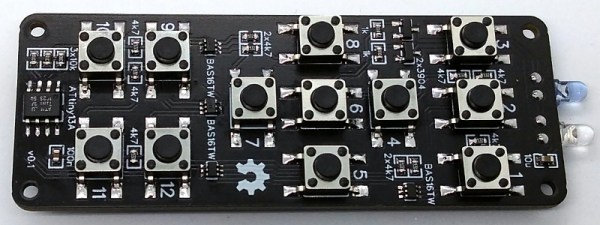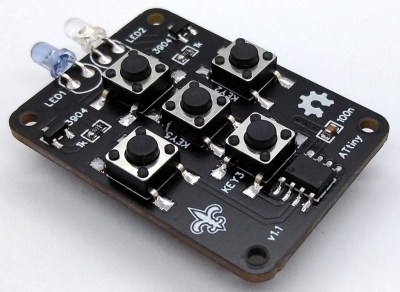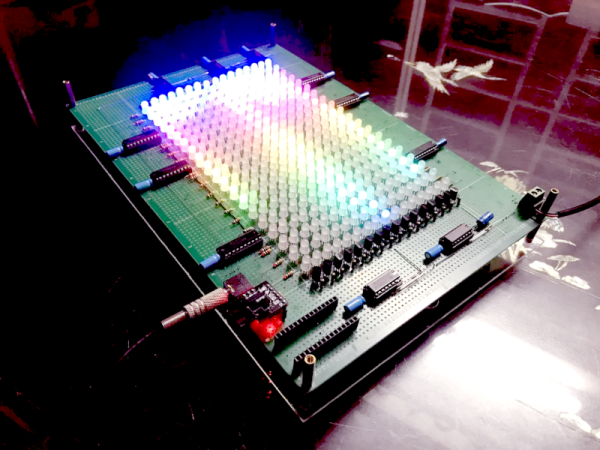To celebrate getting his second vaccine dose [Paul Klinger] combined two of our favorite things — blinking lights and wearable tech — to create an awesome mRNA vaccine badge.
The badge, which is designed to be worn like a pendant, will slowly blink through all 4,000 nucleotides of the Moderna vaccine over the course of 10 minutes. Watch the video after the break to see it in action. Don’t worry if you got the Pfizer vaccine, you can use the interface button on the back of the badge to change over to Pfizer’s mRNA sequence instead. There’s even a handy legend on the badge, identifying the lipids in case your microbiology skills are a bit rusty.
On the reverse side of the board, you will find a handful of current limiting resistors, a CR2032 battery holder, and the ATtiny1617 microcontroller that runs everything. To assist in converting the mRNA sequence into LED pulses, [Paul] wrote a Python script that will automatically import the nucleotide string from the standard .fasta file and store each nucleotide in just 2 bits, allowing the entire sequence to fit in the program memory of the microcontroller.
This isn’t [Paul’s] first RNA-related project; he originally developed the aforementioned Python script to compress the entirety of the COVID-19 sequence, containing over 30,000 nucleotides, into program memory for his Virus Blinky project, that we featured last year.
Continue reading “Celebrate MRNA Vaccine With This Badge That Blinks The Nucleotide Code”



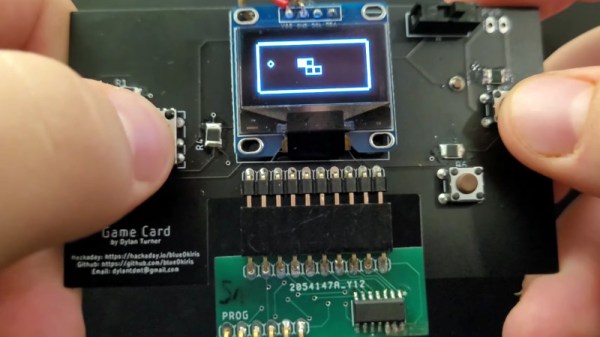
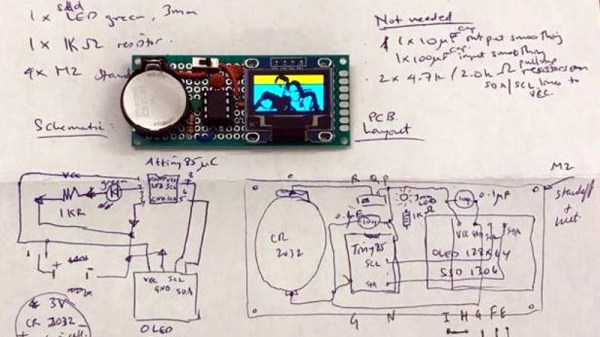
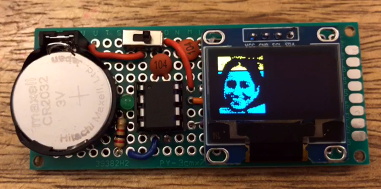
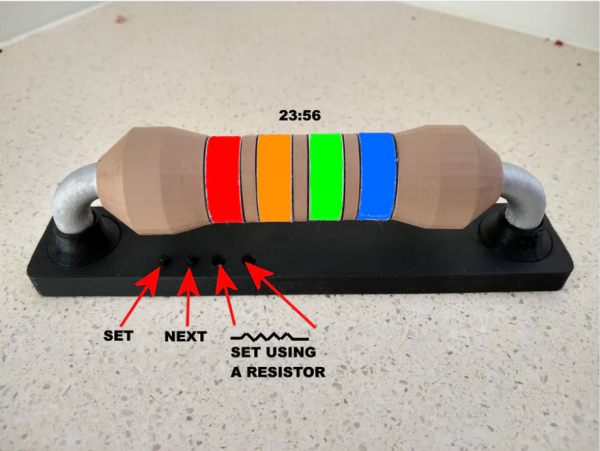
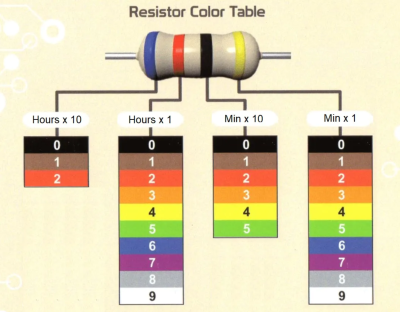 Each of the four bands represents a digit in the standard HH:MM representation of time, and for anybody well-versed in resistor codes this is sure to be a breeze to read. The clock itself was designed by [John Bradnam]. It’s body is 3D printed, with RGB LEDs to brightly illuminate each segment. The whole thing is controlled by an old favorite – an ATtiny, supported by a Real Time Clock (RTC) chip for accurate timekeeping.
Each of the four bands represents a digit in the standard HH:MM representation of time, and for anybody well-versed in resistor codes this is sure to be a breeze to read. The clock itself was designed by [John Bradnam]. It’s body is 3D printed, with RGB LEDs to brightly illuminate each segment. The whole thing is controlled by an old favorite – an ATtiny, supported by a Real Time Clock (RTC) chip for accurate timekeeping.